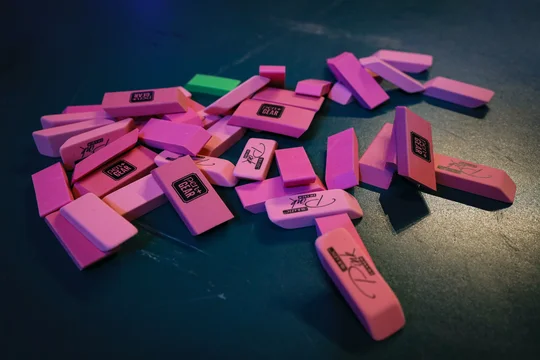Many years ago, before Andrew made me put a picture in EVERY TURTLE-CURSED POST, I wrote a post about the very easiest Daubert motion to win. As a brief refresher, it turned out to be a motion to exclude a damages experts reliance on a jury verdict point as the starting point for a hypothetical negotiation. Both Judge Andrews and Judge Burke were particularly firm on the issue, coming just short of setting a bright-line rule:
A jury verdict does not represent evidence from which a hypothetical negotiation can be reliably determined. A jury verdict represents the considered judgment of twelve (or maybe fewer) random non-experts as to what a hypothetical negotiation would have resulted in for the patent(s) …








